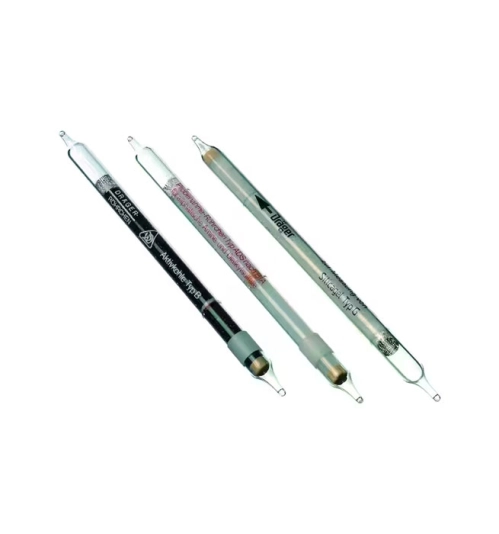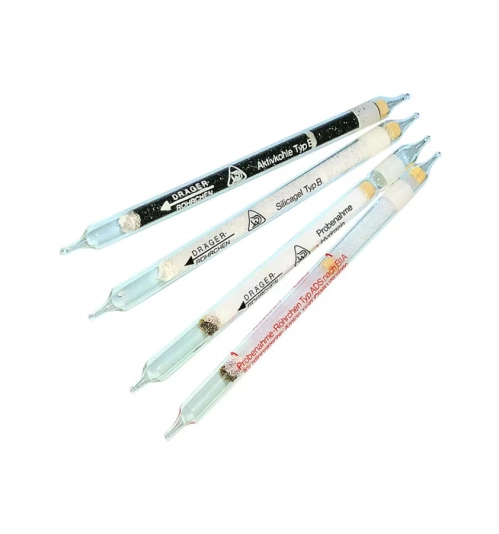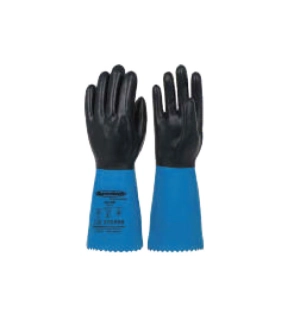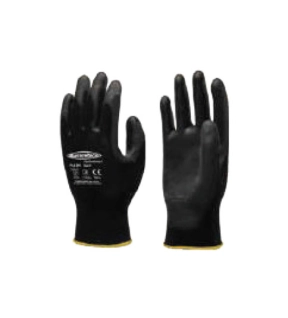

Safety & PPE
Drager Sampling Tubes and Systems
The Dräger Sampling Tubes and Systems are very reliable in use even with complex compounds and mixtures of substances.
Download
Produk Lainnya
Summitech AK4 BB
PRODUCT CODE : AK4 BB
COATING MATERIAL : Chloroprene
LINEAR MATERIAL : Seamless Polycotton
EXTERIOR FINISHING : Bisque
CUFF STYLE : Pinked
THICKNESS MM : N/A
LENGTH MM : 300
COLOUR : Black Palm & Blue Cuff / Black
SIZE/WRIST : 7, 8, 9, 10, 11
PACKAGING : Bulk packed 12 pairs in a bundle 72 pairs in a master carton
COATING MATERIAL : Chloroprene
LINEAR MATERIAL : Seamless Polycotton
EXTERIOR FINISHING : Bisque
CUFF STYLE : Pinked
THICKNESS MM : N/A
LENGTH MM : 300
COLOUR : Black Palm & Blue Cuff / Black
SIZE/WRIST : 7, 8, 9, 10, 11
PACKAGING : Bulk packed 12 pairs in a bundle 72 pairs in a master carton
Summitech PL6 BK
PRODUCT CODE : PL6 BK
COATING MATERIAL : PU Palm Coated
LINEAR MATERIAL : 13G Nylon
EXTERIOR FINISHING : Smooth
CUFF STYLE : Knit wrist
THICKNESS MM : N/A
LENGTH MM : 220-275
COLOUR : Black
SIZE/WRIST : 7-Green, 8-Brown, 9-Yellow, 10-Grey 11-Blue
PACKAGING : Bulk: packed 12 pairs in a bundle 120 pairs in a master carton
COATING MATERIAL : PU Palm Coated
LINEAR MATERIAL : 13G Nylon
EXTERIOR FINISHING : Smooth
CUFF STYLE : Knit wrist
THICKNESS MM : N/A
LENGTH MM : 220-275
COLOUR : Black
SIZE/WRIST : 7-Green, 8-Brown, 9-Yellow, 10-Grey 11-Blue
PACKAGING : Bulk: packed 12 pairs in a bundle 120 pairs in a master carton
Summitech GD-F-09C
PRODUCT CODE : G D-F-09C
COATING MATERIAL : Nitrile
LINEAR MATERIAL : Flocklined
EXTERIOR FINISHING : Diamond
CUFF STYLE : Straight
THICKNESS MM : 0.46
LENGTH MM : 330
COLOUR : Green
SIZE/WRIST : 7, 8, 9, 10, 11
PACKAGING : Pair packed 12 pairs in a bundle 120 pairs in a master carton
COATING MATERIAL : Nitrile
LINEAR MATERIAL : Flocklined
EXTERIOR FINISHING : Diamond
CUFF STYLE : Straight
THICKNESS MM : 0.46
LENGTH MM : 330
COLOUR : Green
SIZE/WRIST : 7, 8, 9, 10, 11
PACKAGING : Pair packed 12 pairs in a bundle 120 pairs in a master carton





